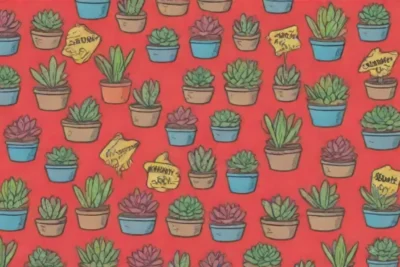
The Importance of Researching Succulent Toxicity Before Care
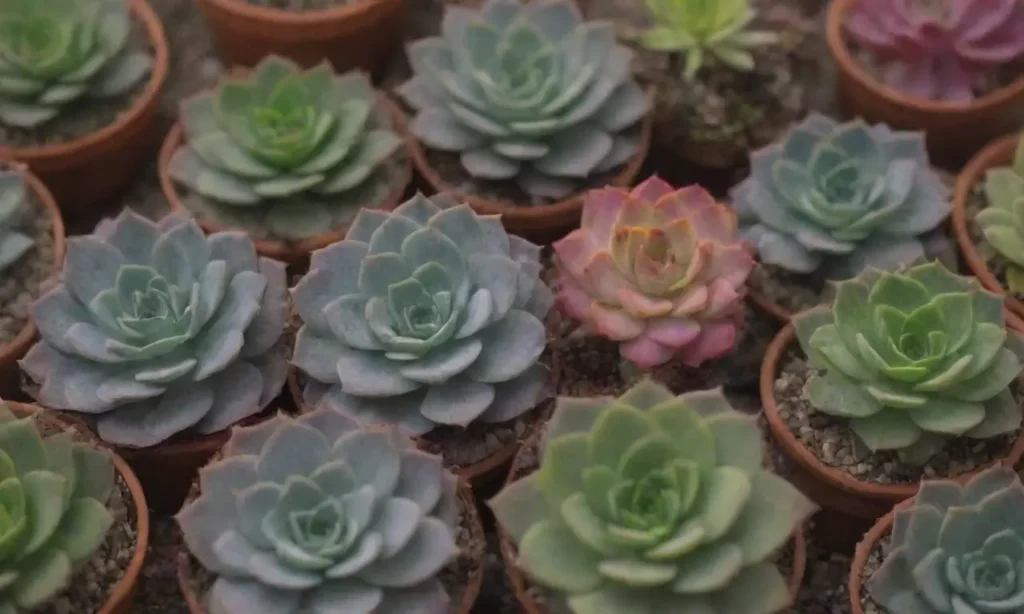
Introduction
Succulent plants have become increasingly popular among houseplant enthusiasts, gardeners, and decorative designers due to their aesthetic appeal and low maintenance needs. With vibrant colors, unique shapes, and the ability to thrive in various environments, succulents are a beloved choice for many. However, while they may seem harmless and enchanting, it is crucial to understand that some succulent varieties can be toxic to pets and humans. Therefore, as you embrace the joys of succulent care, it becomes essential to research the toxicity of these plants in your collection.
This article aims to provide a thorough understanding of the toxicity levels in succulents and why knowing this information is necessary for anyone who plans to care for them. We'll explore how researching succulent toxicity can help safeguard your household, the various toxic compounds found in certain succulent species, and the best practices for selecting and caring for succulents while being fully aware of their potential dangers.
Understanding Succulent Toxicity
When we refer to succulent toxicity, we mean the harmful effects certain plants can have on pets and humans if ingested or touched. While many succulents are completely harmless, others contain toxic compounds that can result in a range of adverse reactions, leading to numerous health concerns. Understanding which succulents are toxic is essential not only for safeguarding your loved ones but also for promoting a healthier living space.
Additionally, the toxicity of plants can manifest through various routes. Ingesting a toxic succulent may cause symptoms ranging from mild irritation to severe gastrointestinal issues, while skin contact can lead to dermatological reactions. Awareness of these aspects can help cultivate a safer environment, particularly in homes with small children and pets, who may be more prone to exploratory behavior, such as chewing on plants.
Furthermore, toxic succulents may also carry hidden dangers that need to be addressed. For instance, some plants may not demonstrate noticeable signs of toxicity but can still elicit harmful effects when parts of the plant, like leaves or sap, come into contact with human skin. Knowing the difference between toxic and non-toxic varieties allows you to maintain peace of mind while incorporating these lovely plants into your home décor.
Common Toxic Succulent Species
Having a basic knowledge of common succulent species and their toxicity levels is immensely beneficial for any plant owner. Here are a few well-known succulents that are known to be toxic:
1. Aloe Vera
While Aloe Vera is famed for its medicinal properties, especially its soothing gel for sunburns, part of the plant (the latex) can be toxic when ingested. Aloe contains saponins and anthraquinones, which can cause nausea, vomiting, and diarrhea if consumed in significant amounts. This is particularly important to consider in households with pets; the ingestion of Aloe Vera can lead to severe digestive irritation in dogs and cats.
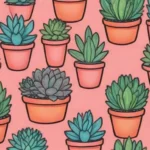 Safety First: Family-Friendly Succulents Without the Risk
Safety First: Family-Friendly Succulents Without the Risk2. Jade Plant (Crassula ovata)
Often considered a symbol of prosperity, the Jade Plant can pose risks to pets. When ingested, this attractive succulent can lead to lethargy, vomiting, and other gastrointestinal distress in dogs and cats. It is not lethal but can cause serious discomfort, making it one of the varieties to watch closely in homes with furry friends.
3. Euphorbia Species
Euphorbias, including the Crown of Thorns, are another group of succulents that are toxic. These plants release a milky latex sap when cut or damaged, which can cause severe irritation to the skin and eyes. Ingestion can also lead to symptoms such as nausea, diarrhea, and, in some cases, more significant poisoning effects. Given their toxic attributes, it is best to place Euphorbia species in out-of-reach locations or consider alternate options if you have children or pets.
Assessing Toxicity in Succulents
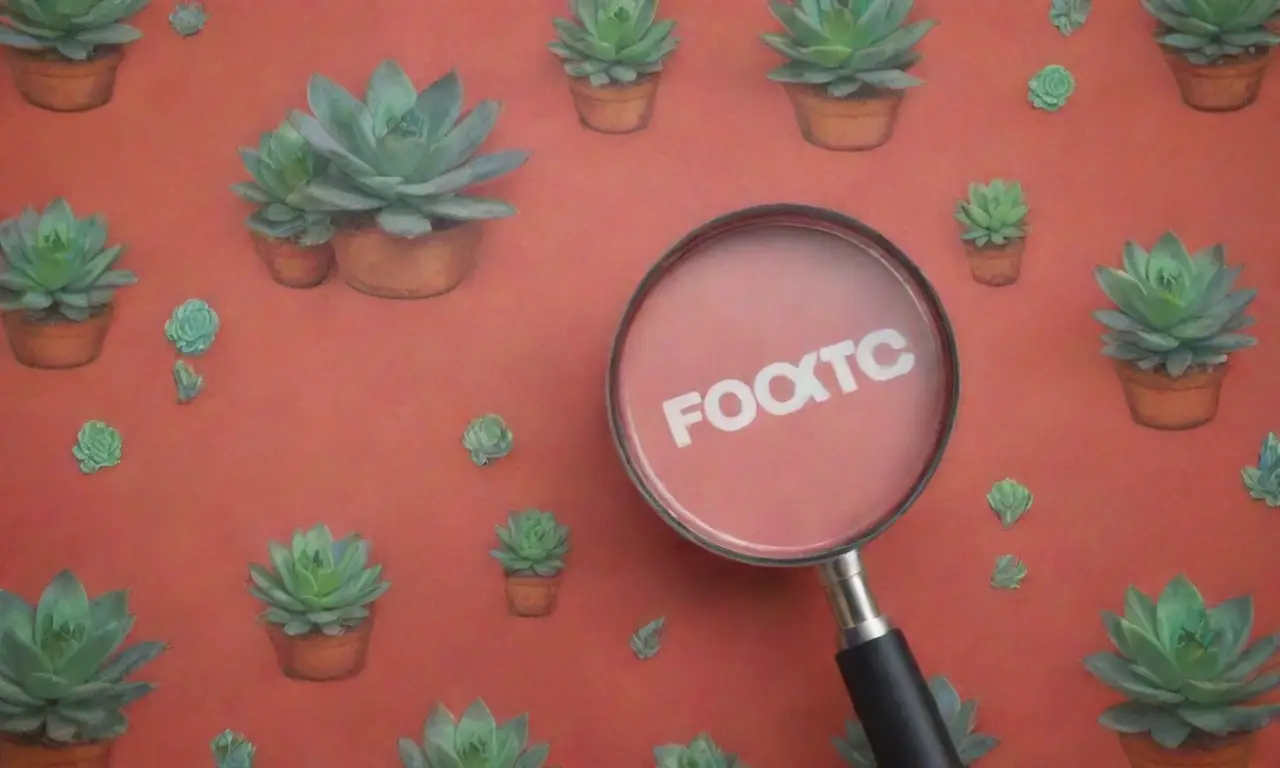
Researching plant toxicity is as crucial as the care routines involved in nurturing them. To assess the toxicity of a succulent, it is paramount to consult reliable sources, such as plant care guides, toxicity databases, and agricultural extension services. Here’s a more detailed look at these resources:
Utilizing Toxicity Databases
Several reputable toxicity databases provide extensive lists of plants that can aid in identifying succulents that may be harmful. Websites dedicated to toxic plants occasionally allow search features wherein you can input your succulent’s name. The ASPCA's toxic plant list is a prominent resource in this realm, specifically for identifying plants harmful to pets. However, remember that toxicity may vary based on the concentration of toxic compounds and the type of organism.
Consulting Local Botanical Experts
Visiting local botanical gardens or engaging with horticultural societies can also enhance your understanding of succulent toxicity. These experts often have firsthand knowledge and can help identify potentially harmful species. Furthermore, participating in local gardening clubs can have the added benefit of experiencing individuals' successes or challenges with various succulents, extending your knowledge base.
Educational Literature
Finally, referring to specialized literature on succulent care can shed light on toxicity and its management in day-to-day plant care. Look for reputable books authored by horticulturists or specialists in plant biology, which can provide detailed insight into care guidelines while also breaking down toxicity levels among various succulent families.
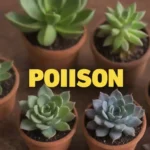 The Truth About Succulent Poison: Myths and Facts Debunked
The Truth About Succulent Poison: Myths and Facts DebunkedBest Practices for Safe Succulent Care
Being proactive in your succulent care can significantly reduce the chances of any toxic incidents occurring in your home. Here are several best practices to ensure a safe environment while enjoying the beauty of succulents:
1. Placement Considerations
Strategically placing your succulents is vital to prevent accidental interactions. For instance, keeping toxic succulents out of reach from curious pets and young children is essential. Using elevated plant stands or shelving can create safe zones where these enchanting plants can be admired without putting anyone at risk.
2. Education and Awareness
Investing time in educating yourself and informing family members about which succulents are non-toxic can be incredibly effective. Creating a small chart or informational card for common plants around your home may help everyone recognize safe species at a glance. For example, the Spider Plant and Boston Fern rank high on pet safety ratings and make excellent companions to succulents.
3. Monitor Interaction
Ensure that you keep an eye on your pets and children when they are near your succulent collection. Occasionally checking in during playtime or exploration can help mitigate any unwanted chewing or touching. Reinforcing positive behaviors, such as redirecting pets when they approach plants, can also promote healthier boundaries between them and your beloved succulents.
Conclusion
In summary, researching succulent toxicity is an essential aspect of plant care that shouldn’t be overlooked, especially for households with pets and children. By understanding which varieties are toxic and their potential effects, plant owners can make informed decisions about which succulents to add to their homes. The intrinsic beauty of succulents should never come at the expense of safety.
Owning succulents can be an incredibly rewarding experience that promotes creative expression and encourages a connection with nature. However, maintaining that joy while respecting the potential dangers is of utmost importance. Elevate your knowledge through reliable resources such as toxicity databases, expert consultations, and educational literature, ensuring a safe and vibrant living space filled with splendid succulent beauty.
Incorporating compatible and non-toxic varieties in your home and actively practicing the recommended safety measures will create an environment where both your family and your plants can thrive. With the right information and knowledge at your fingertips, you will confidently navigate the world of succulents while protecting your loved ones, ultimately enriching your life and your living space.
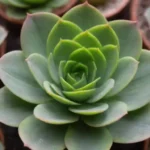 How to Handle Succulents Safely: A Toxicity Overview
How to Handle Succulents Safely: A Toxicity OverviewIf you want to read more articles similar to The Importance of Researching Succulent Toxicity Before Care, you can visit the Toxicity Levels category.

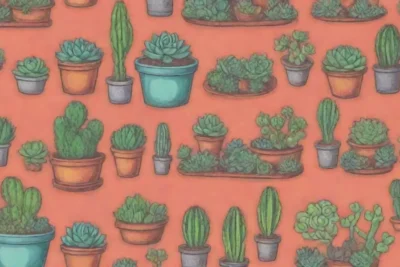
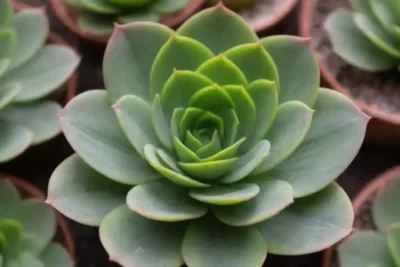
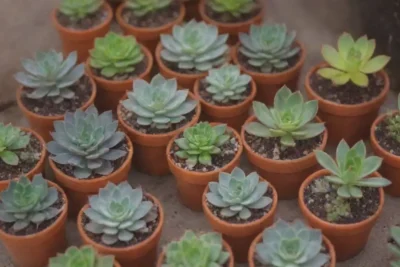
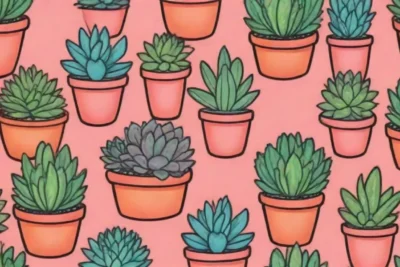
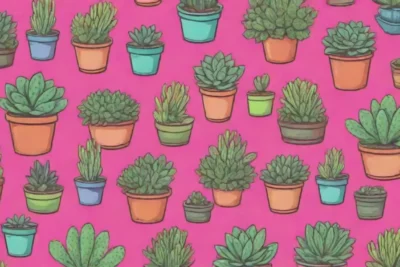
You Must Read